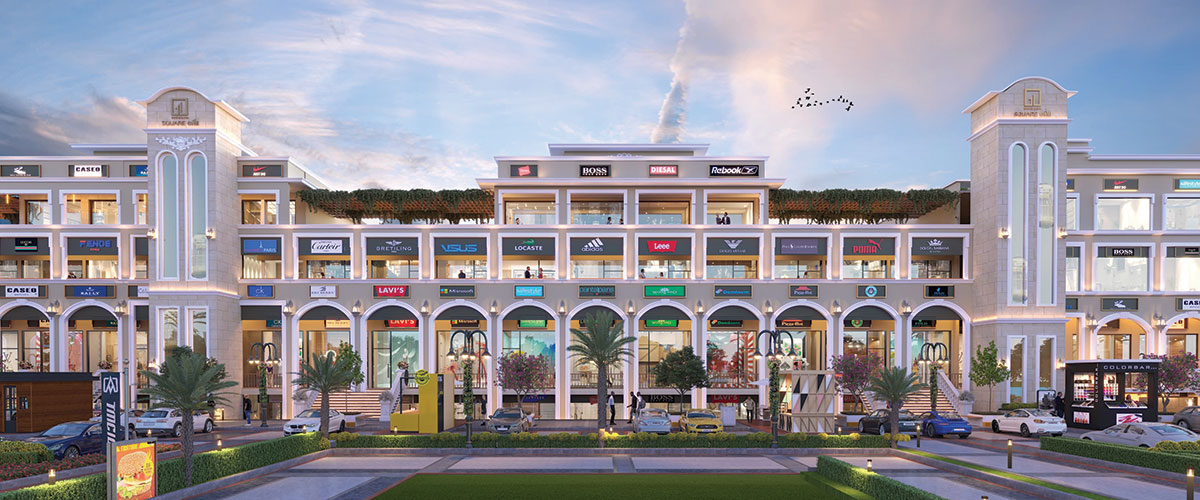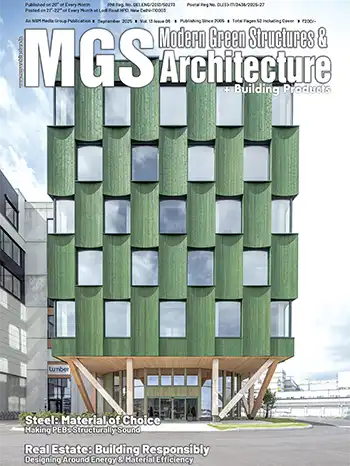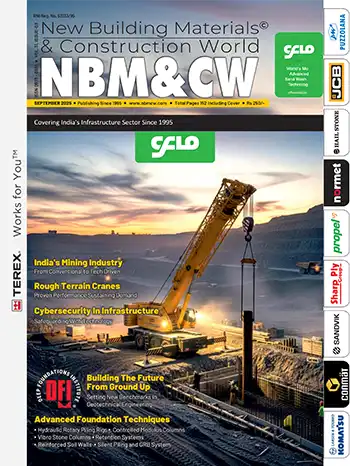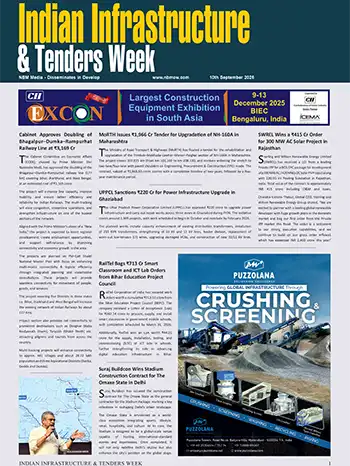There is a growing demand to design sustainable and net-zero buildings that meet changing urban needs, through mixed-use design, and adaptive reuse of construction materials.
Umesh Sharma
We are seeing design elements inspired by nature, such as organic shapes, earthy colors, and natural textures, biophilic design, increased usage of huge indoor plants and materials like rattan, cork, and wood, wellness-centric designs that emphasize both physical and emotional health, and modular designs and furnishings with multiple uses that can accommodate both dynamic family needs and work-from-home arrangements. Convertible spaces, foldable furniture, and sliding partitions.

AI-powered technologies will be used to design customized areas according to user preferences. The market for real-time visual representations of design concepts in actual settings will be dominated by augmented reality (AR) and virtual reality (VR); robotic and automated drones for site inspection and surveying; automated equipment and robotic arms for interior finishing and building; and materials with embedded sensors for condition monitoring. Examples of smart materials include self-healing concrete, thermochromic glass (which alters transparency).
















